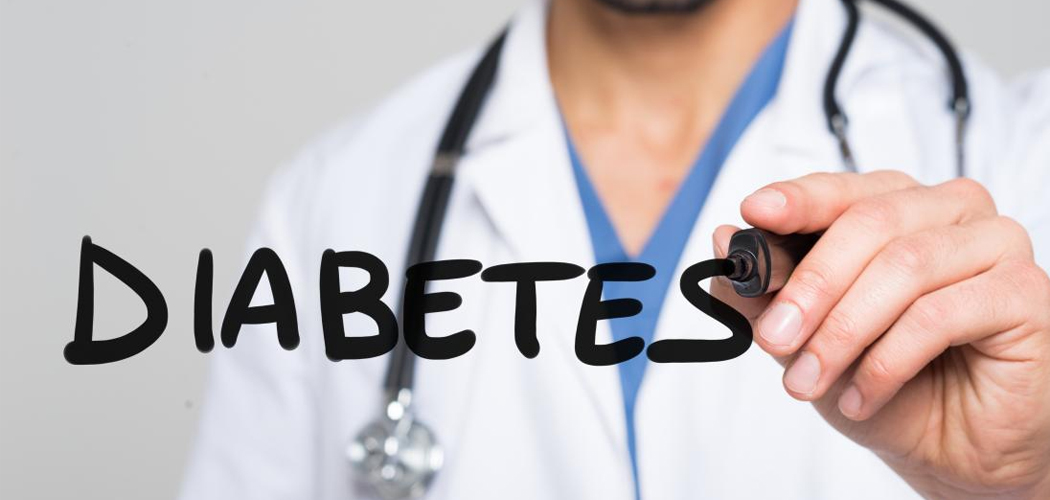Understanding and Preventing Diabetes
What is Diabetes?
Diabetes mellitus is a chronic metabolic disorder characterized by elevated blood sugar (glucose) levels. This occurs when the body either doesn't produce enough insulin (Type 1 diabetes) or cannot effectively use the insulin it produces (Type 2 diabetes). Insulin is a hormone that regulates blood sugar, allowing it to enter cells for energy. Over time, high blood sugar can lead to serious health problems, affecting the heart, blood vessels, eyes, kidneys, and nerves
Symptoms of Diabetes
Many people with Type 2 diabetes have mild symptoms that go unnoticed. Symptoms of diabetes can include:
- Frequent urination, especially at night
- Excessive thirst
- Unexplained weight loss
- Increased hunger
- Blurry vision
- Slow-healing sores
- Frequent infections
- Numbness or tingling in the hands or feet
- Fatigue
- Dry, itchy skin
If you experience any of these symptoms, it's crucial to consult a healthcare professional for proper diagnosis and management
Risk Factors for Diabetes
Several factors can increase your risk of developing diabetes:
- Family history of diabetes: Having a parent, sibling, or other close relative with diabetes increases your risk.
- Obesity or overweight: Excess weight, especially abdominal fat, can lead to insulin resistance.
- Physical inactivity: A sedentary lifestyle increases the risk of Type 2 diabetes.
- Age: The risk of developing Type 2 diabetes increases with age, especially after 45.
- Race/ethnicity: Certain racial and ethnic groups, such as African Americans, Hispanic Americans, Native Americans, Asian Americans, and Pacific slanders, have a higher risk.
- High blood pressure: Hypertension is often associated with insulin resistance.
- Abnormal cholesterol levels: High levels of LDL (bad) cholesterol and low levels of HDL (good) cholesterol are risk factors.
- Gestational diabetes: Having diabetes during pregnancy increases the risk of developing Type 2 diabetes later in life.
- Polycystic ovary syndrome (PCOS): Women with PCOS have an increased risk of insulin resistance and Type 2 diabetes
Preventing Diabetes: Healthy Lifestyle Choices
While some risk factors like family history are unmodifiable, many lifestyle changes can significantly reduce your risk of developing Type 2 diabetes:
- Maintain a healthy weight: Losing even a small amount of weight can improve insulin sensitivity.
- Eat a balanced diet: Focus on fruits, vegetables, whole grains, and lean protein. Limit processed foods, sugary drinks, and saturated fats.
- Engage in regular physical activity: Aim for at least 30 minutes of moderate-intensity exercise most days of the week.
- Get enough sleep: Aim for 7-8 hours of quality sleep per night.
- Manage stress: Practice relaxation techniques like yoga, meditation, or deep breathing.
- Quit smoking: Smoking increases the risk of insulin resistance and other health problems.
- Limit alcohol consumption: Excessive alcohol intake can increase blood sugar levels
Understanding Hypoglycemia
Hypoglycemia, or low blood sugar, can occur in people with diabetes, especially those taking insulin or certain oral medications. Recognizing the symptoms and knowing how to treat it is crucial.
Symptoms of Hypoglycemia
Basic Household Remedies for Hypoglycemia
If you suspect you have hypoglycemia, check your blood sugar if possible. If it's below 70 mg/dL, take the following steps:
- Follow the 15-15 rule: Consume 15 grams of fast-acting carbohydrates, such as:
- 4 ounces of juice or regular soda
- 1 tablespoon of honey or sugar
- Glucose tablets (follow package instructions)
- Wait 15 minutes: Recheck your blood sugar after 15 minutes. If it's still low, repeat step 1.
- Eat a meal or snack: Once your blood sugar is back to normal, eat a meal or snack to prevent it from dropping again
Important Note: If you are unable to swallow or are unconscious, someone should administer glucagon (if available) and call for emergency medical help immediately
Basic Investigations for Diabetes
Several tests can be used to diagnose diabetes and monitor blood sugar control
- Fasting Plasma Glucose (FPG): Measures blood sugar after an overnight fast. A level of 126 mg/dL or higher indicates diabetes.
- Oral Glucose Tolerance Test (OGTT): Measures blood sugar after drinking a sugary solution. A level of 200 mg/dL or higher after two hours indicates diabetes.
- A1C Test: Measures average blood sugar levels over the past 2-3 months. An A1C of 6.5% or higher indicates diabetes.
- Random Plasma Glucose (RPG): Measures blood sugar at any time of day without fasting. A level of 200 mg/dL or higher, along with symptoms of diabetes, indicates diabetes.
Consult with your doctor to determine which tests are appropriate for you
Conclusion
Diabetes is a serious condition, but with awareness, prevention, and proper management, individuals can live long and healthy lives. By understanding the symptoms, risk factors, and lifestyle modifications, you can take proactive steps to protect your health and well-being. Consult with your healthcare provider for personalized advice and guidance on managing or preventing diabetes


